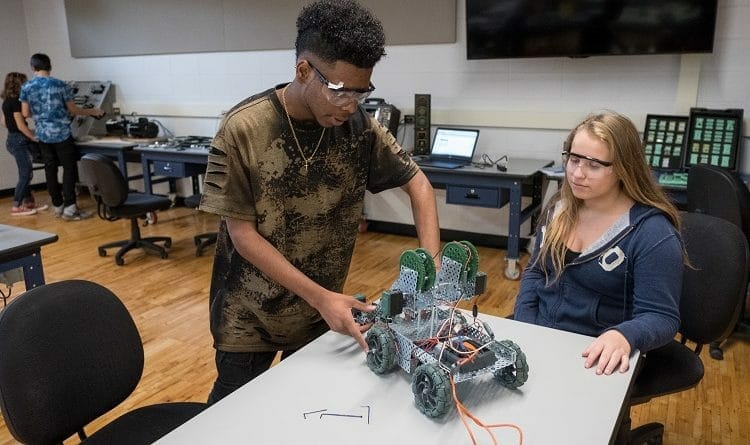Perkins V Act Signed Into Law
The Strengthening Career and Technical Education for the 21st Century (Perkins V) Act was signed into law this week and brings changes to the $1.2 billion annual federal investment in career and technical education (CTE). The U.S. Department of Education is looking forward to working with states to implement the new legislation which goes into effect on July 1, 2019 and replaces the Carl D. Perkins Career and Technical Education (Perkins IV) Act of 2006.
“The law creates new opportunities to improve CTE and enables more flexibility for states to meet the unique needs of their learners, educators, and employers,” said Scott Stump, Assistant Secretary for Career, Technical, and Adult Education.
STEM and CTE Appropriations FY 2019
Congress rejected proposed cuts to STEM education programs for fiscal year 2019, instead providing steady funding to most programs and a few targeted increases. Major federal STEM education programs received steady or increased funding in its appropriation for fiscal year 2019.
Provisions in Perkins V allow school districts to use federal funds to provide all students, not just those enrolled in CTE, career exploration and development activities in the middle grades and for comprehensive guidance and academic counseling in the upper grades.
Perkins V removes the Department from negotiating state performance levels for student academic attainment and other outcomes, leaving it to states and their stakeholders to determine their performance goals.
Perkins V also updates and expands the definition of “special populations” to include homeless individuals, foster youth, and those who have aged out of the foster care system, and youth with a parent who is on active duty in the armed forces. The new law also increases the amount states may spend on students in state correctional systems, and increases the amount states may set aside in a “special reserve” fund to focus on rural areas, areas with high numbers or concentrations of CTE programs, or areas with gaps or disparities in performance.

